jra-references
JRA-55 Reference List
Kobayashi, S., Y. Ota, Y. Harada, A. Ebita, M. Moriya, H. Onoda, K. Onogi, H. Kamahori, C. Kobayashi, H. Endo, K. Miyaoka, and K. Takahashi , 2015: The JRA-55 Reanalysis: General Specifications and Basic Characteristics. J. Meteorol. Soc. Japan, 93, 5-48, doi: 10.2151/jmsj.2015-001.
Harada, Y., H. Kamahori, C. Kobayashi, H. Endo, S. Kobayashi, Y. Ota, H.Onoda, K. Onogi, K. Miyaoka, and K. Takahashi, 2016: The JRA-55 Reanalysis: Representation of atmospheric circulation and climate variability. J. Meteor. Soc. Japan, 94, doi:10.2151/jmsj.2016-015.
Kobayashi, C., and T. Iwasaki, 2016: Brewer-Dobson circulation diagnosed from JRA-55. J. Geophys. Res., .
JRA-55C Reference List
Kobayashi, C., H. Endo, Y. Ota, S. Kobayashi, H. Onoda, Y. Harada, K. Onogi and H. Kamahori, 2014: Preliminary results of the JRA-55C, an atmospheric reanalysis assimilating conventional observations only. Sci. Online Lett. on the Atmos., 10, 78-82. doi: 10.2151/sola.2014-016.
-----------------------------------------
JRA-25 Reference
Onogi, K., J. Tsutsui, H. Koide, M. Sakamoto, S. Kobayashi, H. Hatsushika, T. Matsumoto, N. Yamazaki, H. Kamahori, K. Takahashi, S. Kadokura, K. Wada, K. Kato, R. Oyama, T. Ose, N. Mannoji and R. Taira, 2007 : The JRA-25 Reanalysis. J. Meteor. Soc. Japan, 85, 369-432.
Re: jra-references
Re: jra-references
Link to EOR of Kobayashi et al. (2015) is introduced.
Re: jra-references
Ebita, A., S. Kobayashi, Y. Ota, M. Moriya, R. Kumabe, K. Onogi, Y. Harada, S. Yasui, K. Miyaoka, K. Takahashi, H. Kamahori, C. Kobayashi, H. Endo, M. Soma, Y. Oikawa, and T. Ishimizu, 2011: The Japanese 55-year Reanalysis "JRA-55": an interim report, SOLA, 7, 149-152.
(This article is an interim report of JRA-55 as of 2011. A comprehensive report of JRA-55 is under preparation to be submitted to J. Meteor. Soc. Japan (as of October 2013).)
Re: jra-references
Ebita, A., S. Kobayashi, Y. Ota, M. Moriya, R. Kumabe, K. Onogi, Y. Harada, S. Yasui, K. Miyaoka, K. Takahashi, H. Kamahori, C. Kobayashi, H. Endo, M. Soma, Y. Oikawa, and T. Ishimizu, 2011: The Japanese 55-year Reanalysis "JRA-55": an interim report, SOLA, 7, 149-152.
(Note: This article is an interim report of JRA-55 as of 2011. A comprehensive report of JRA-55 is under preparation to be submitted to J. Meteor. Soc. Japan (as of November 2013).)

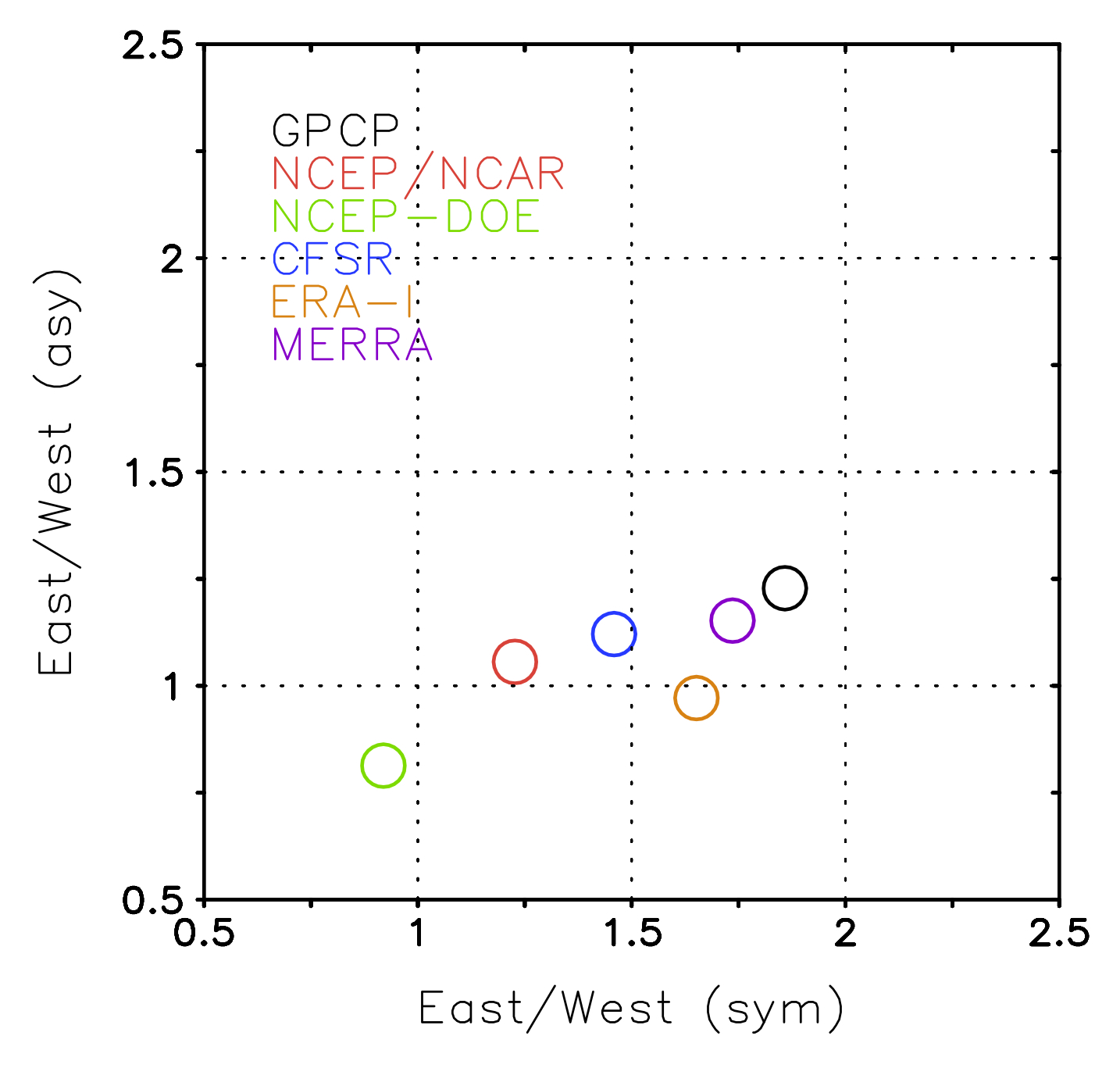
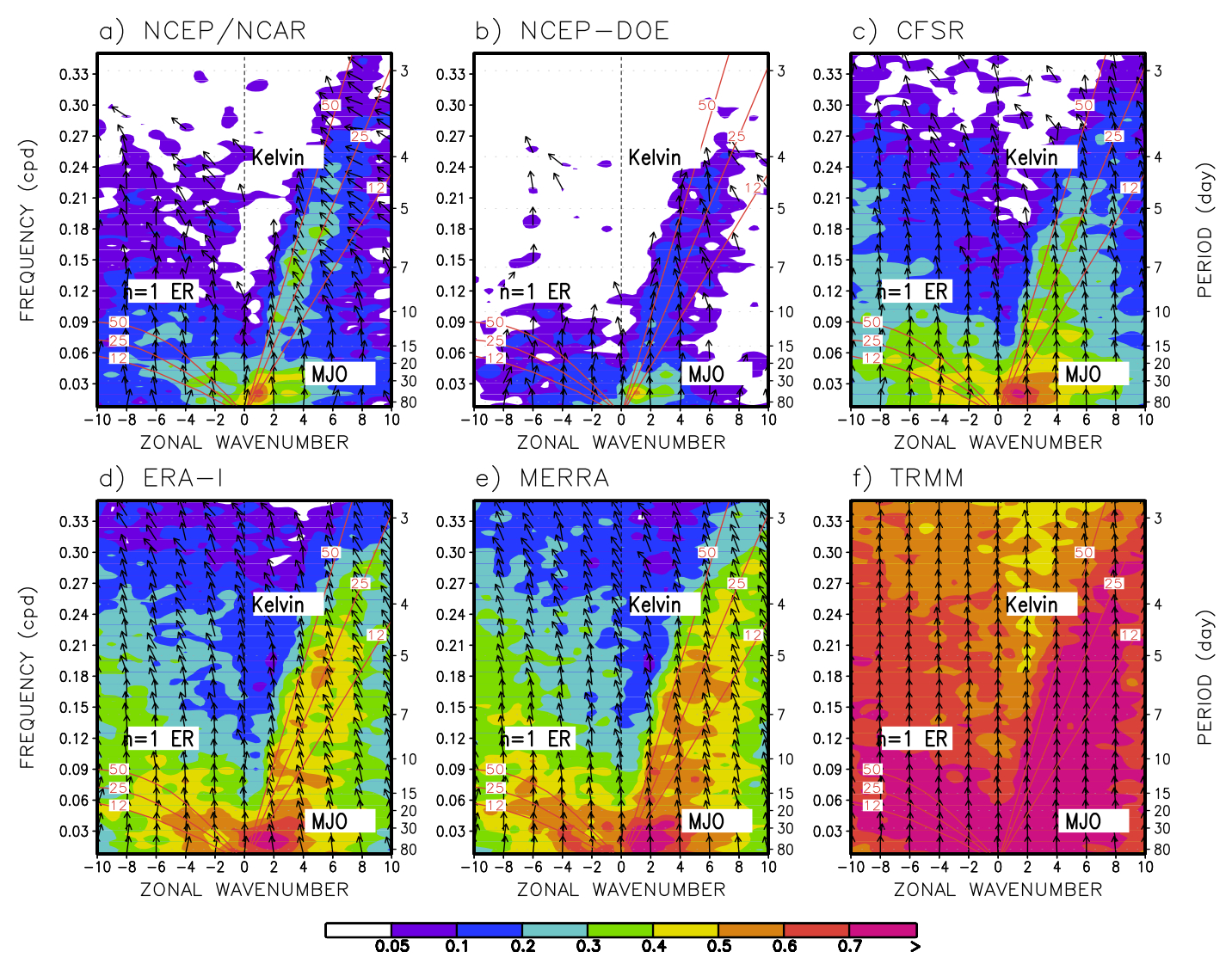

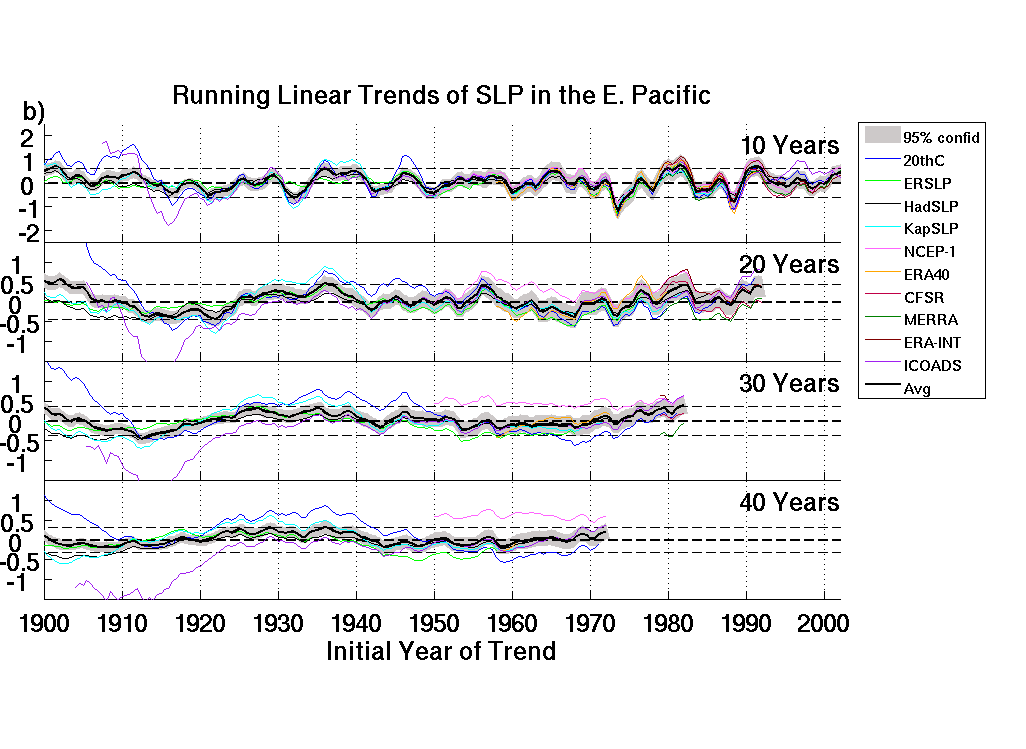
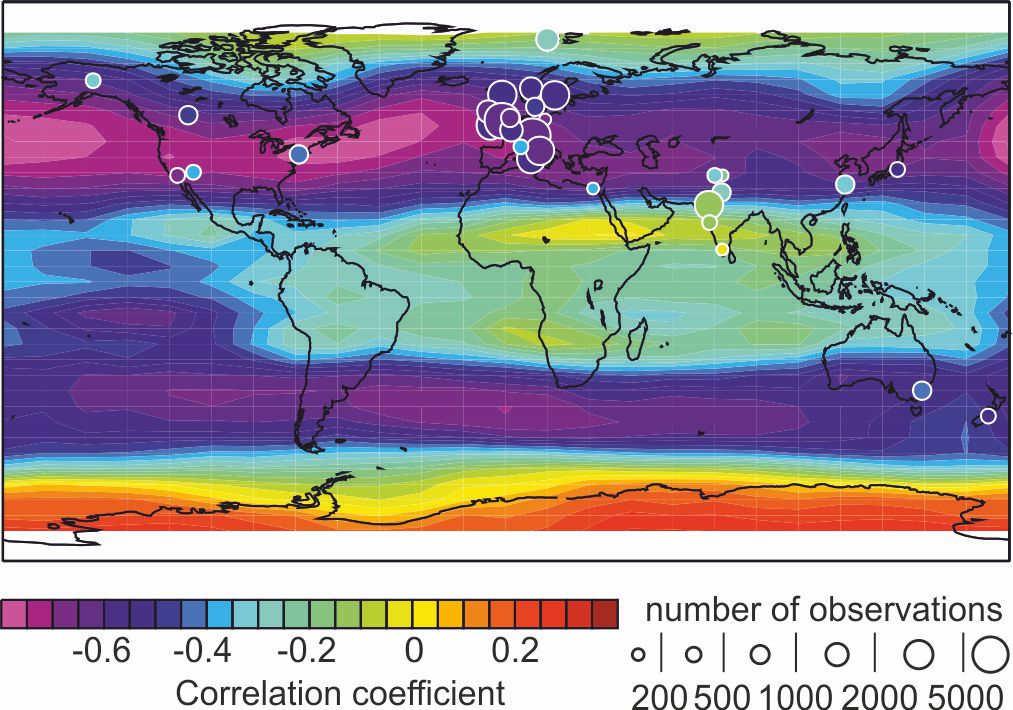
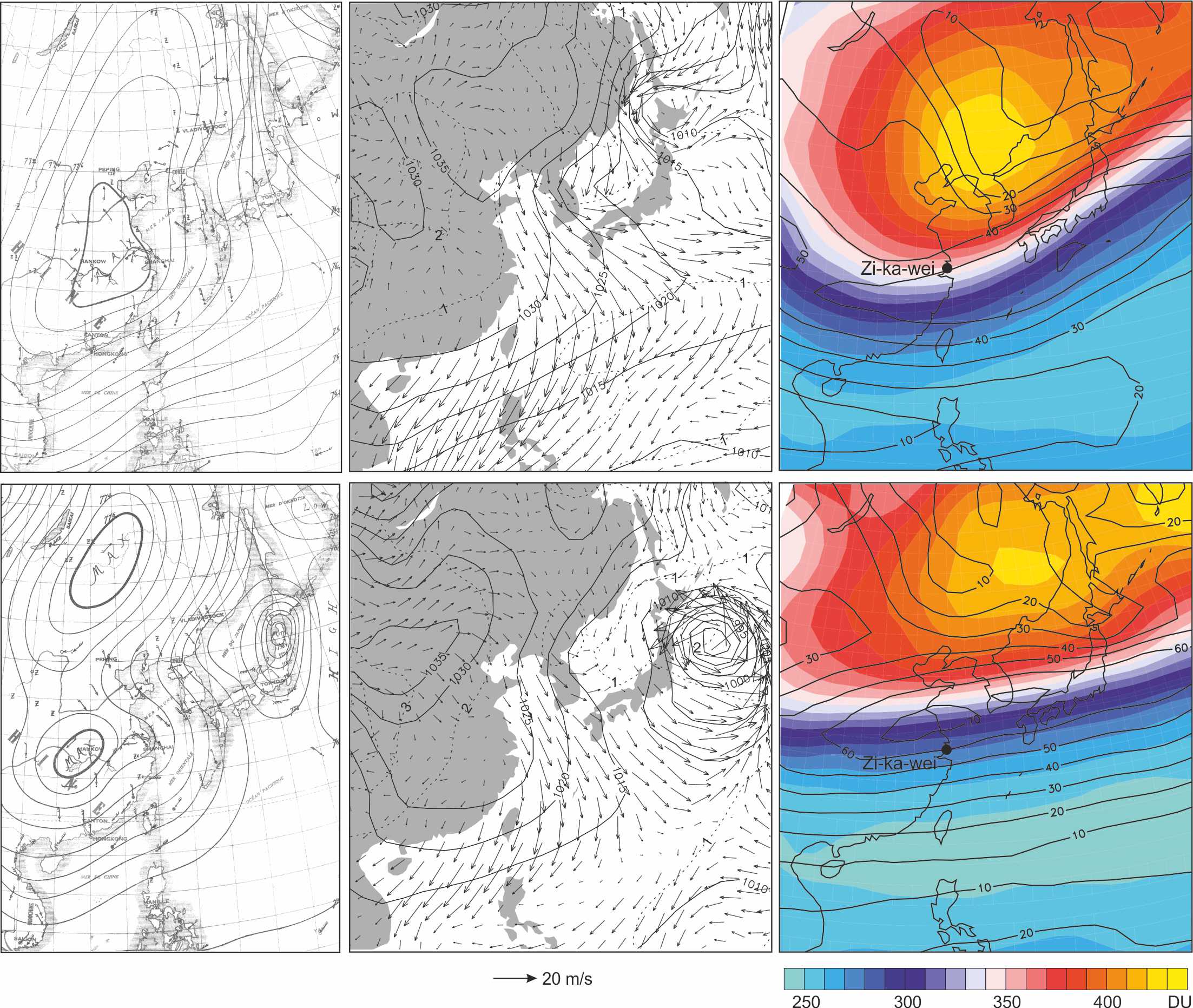
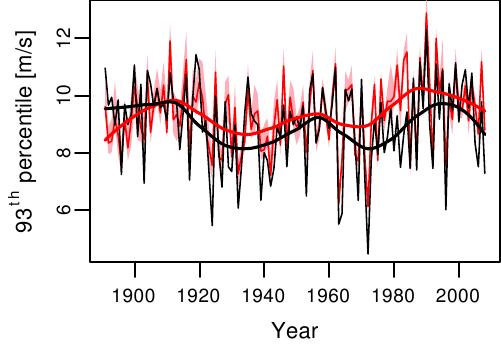

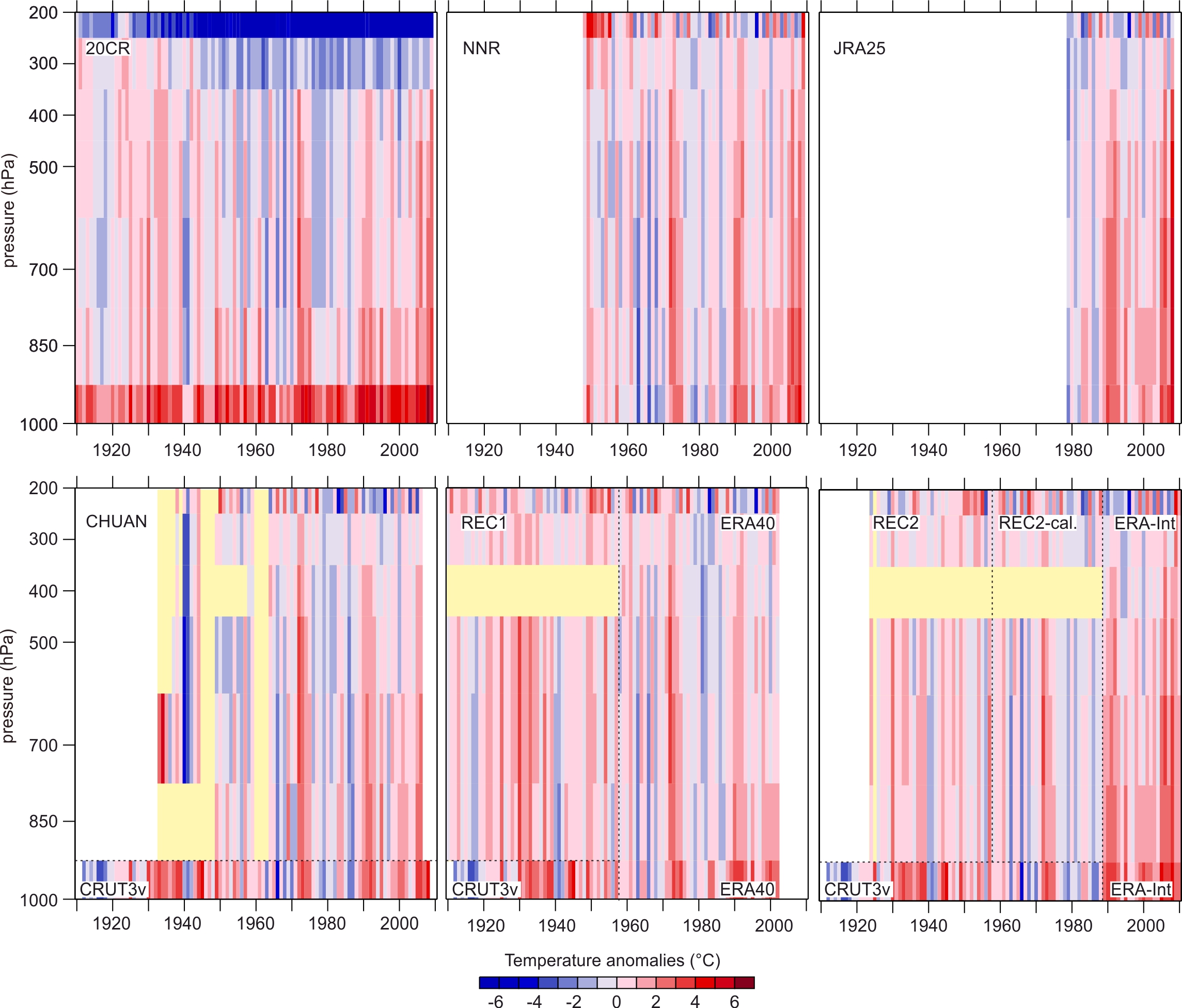

Re: jra-references